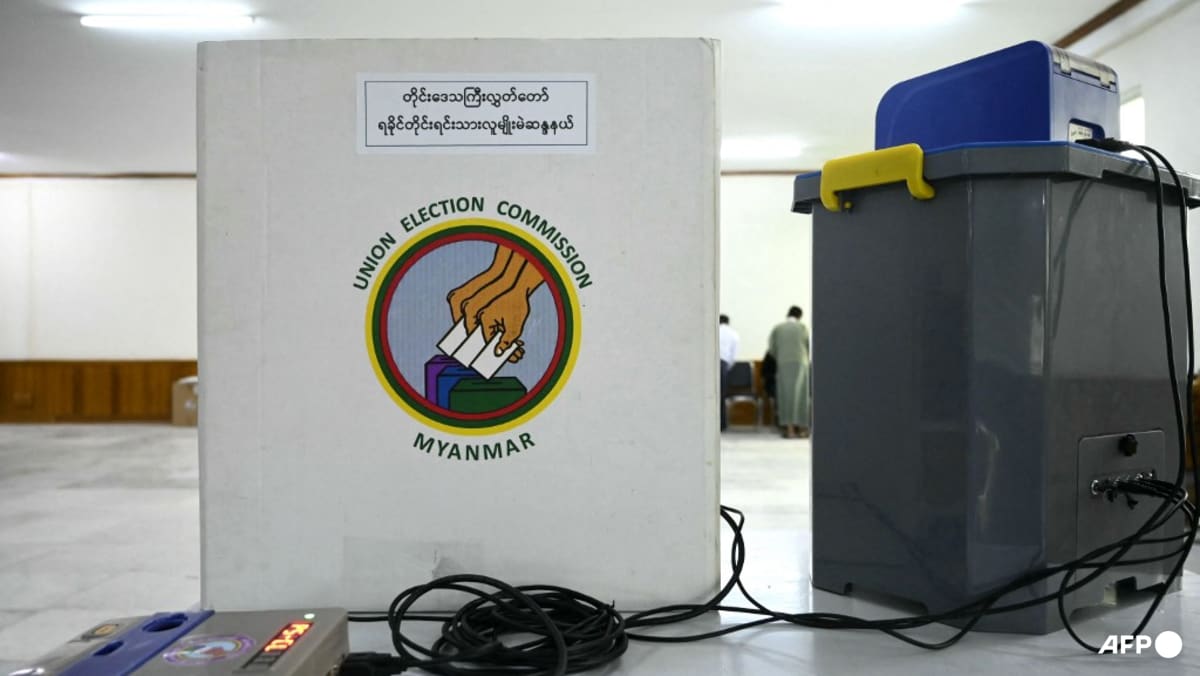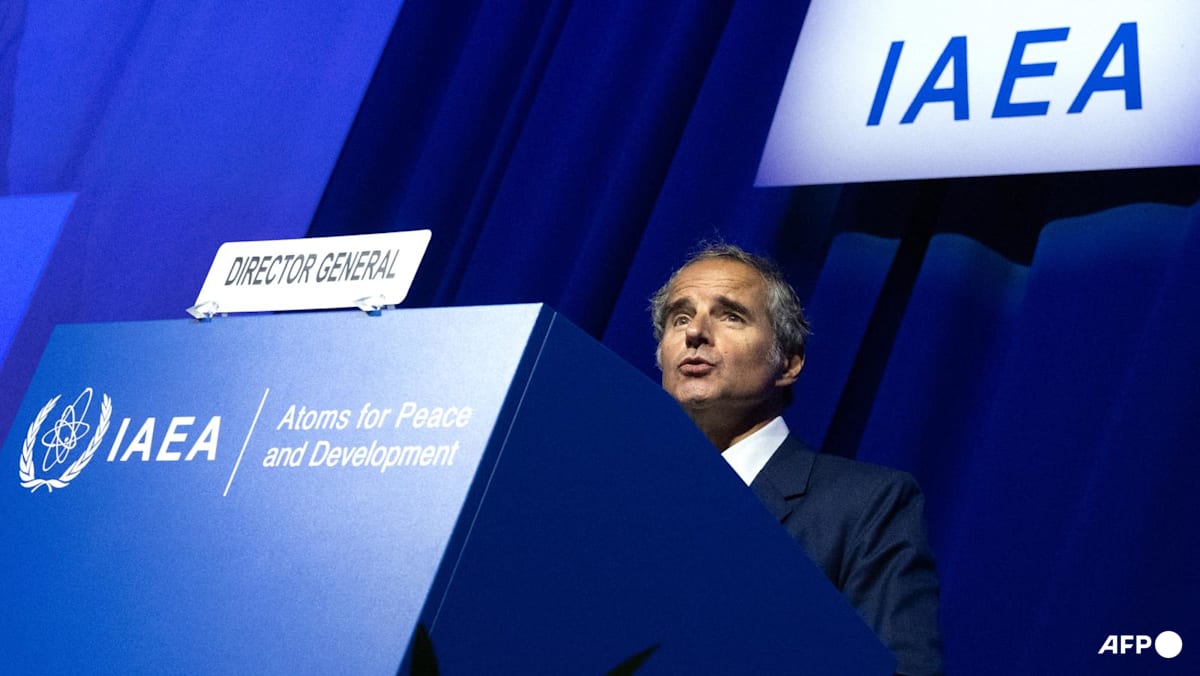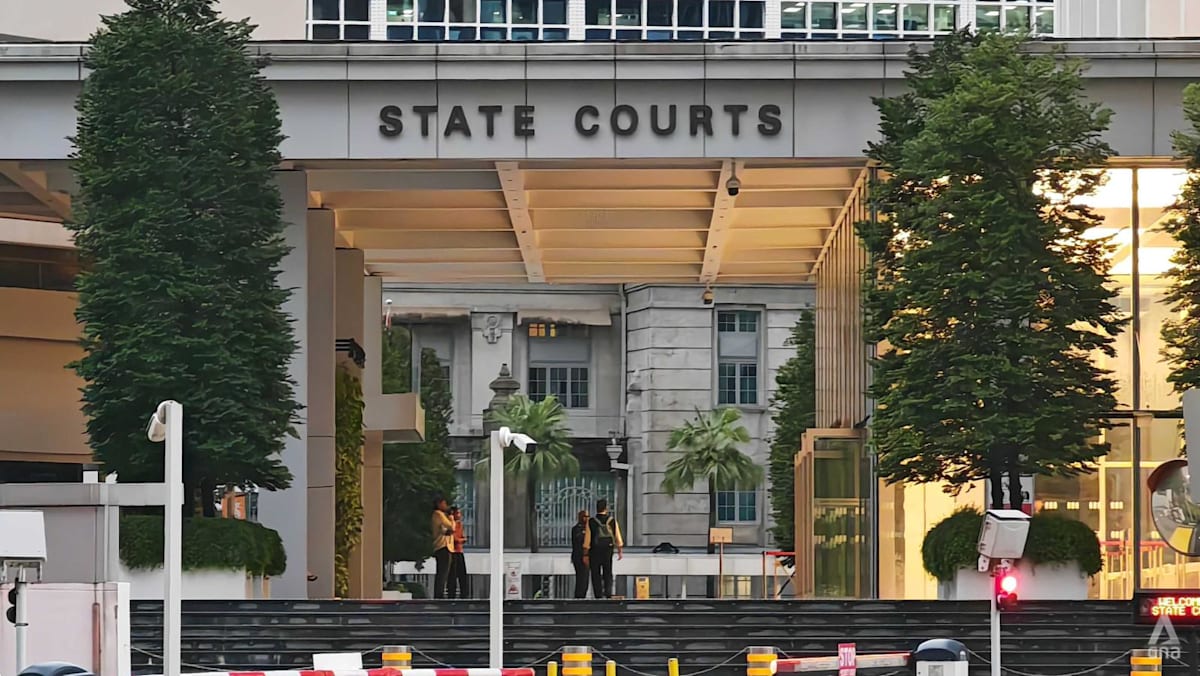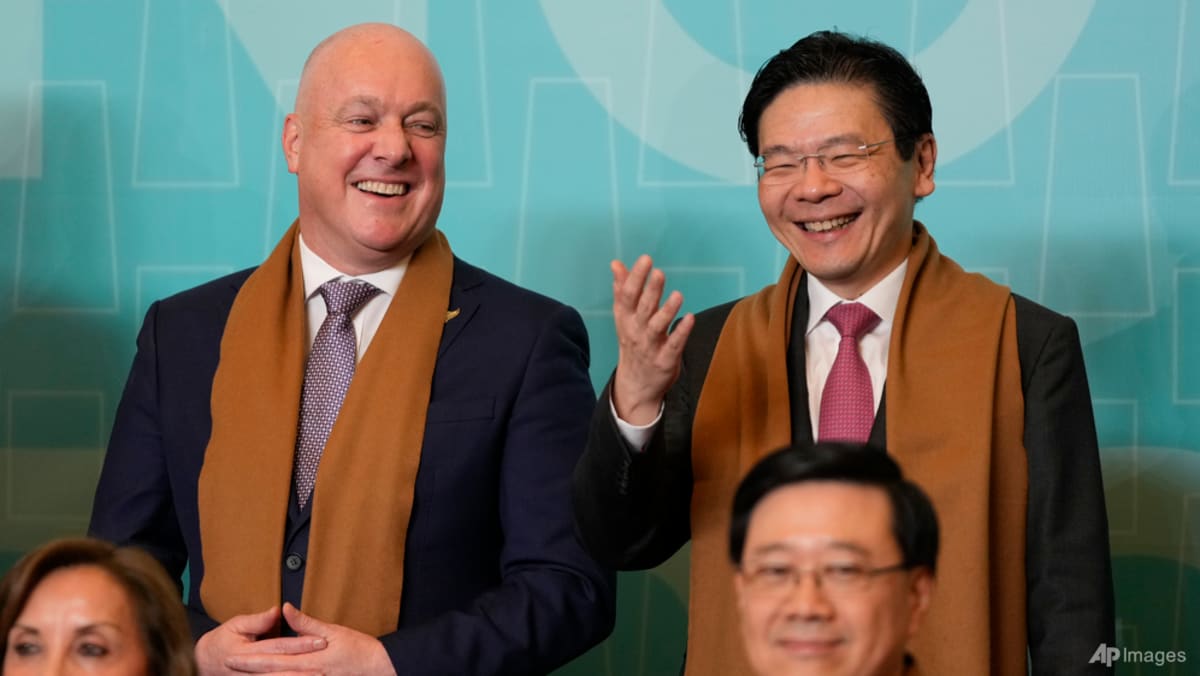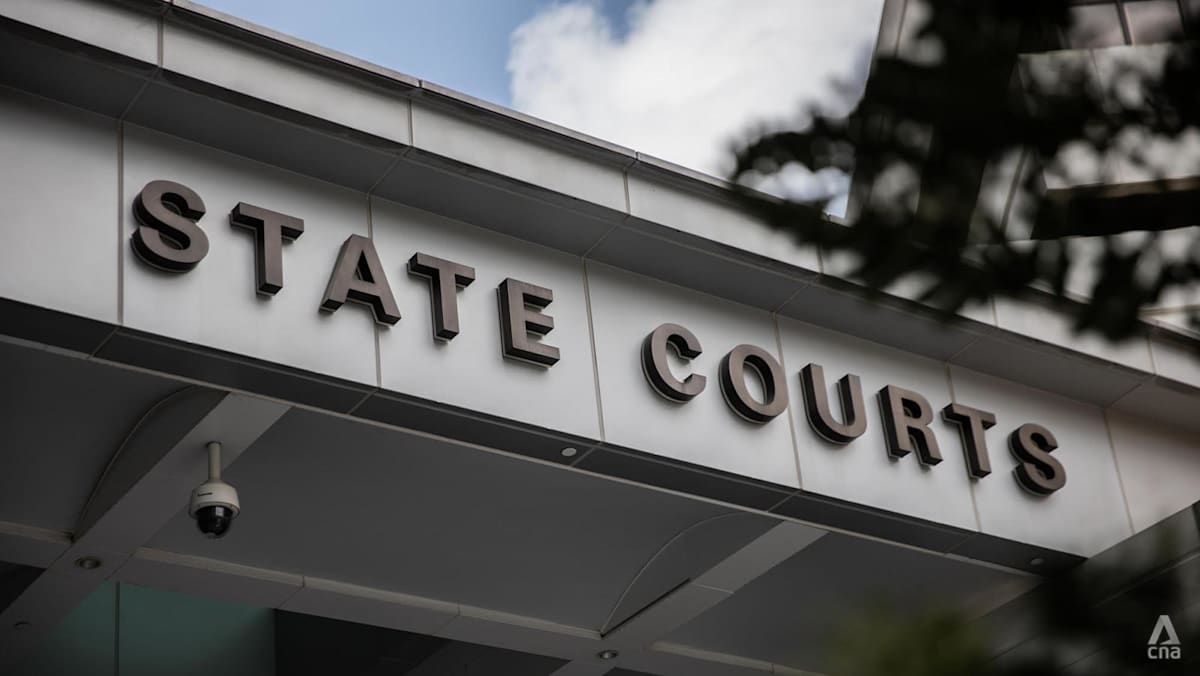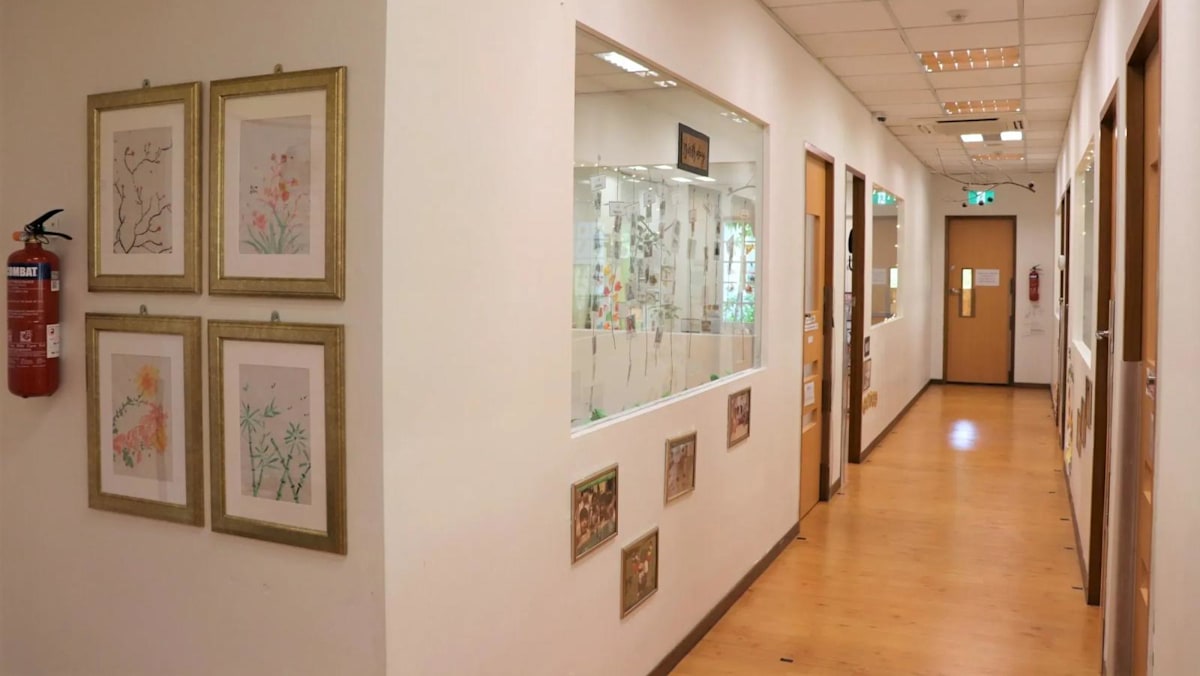The moment that analysts have predicted for years has finally arrived: Singapore’s telco landscape has come full circle, at least in numbers.
Simba’s acquisition of M1 – if approved by the authorities – will leave the market with just three mobile network operators (MNOs), the same number it had pre-2020.
The surprise move was swiftly followed by StarHub’s complete takeover of MyRepublic’s broadband business a day later, rounding off 48 hours of quickfire consolidations.
Some consumers are worried, recalling the days when Singapore’s telco scene was ruled by Singtel, StarHub and M1, and data plans were more expensive.
A few gigabytes cost a premium, and users rationed their mobile data carefully. It was common for people to keep their 3G and 4G networks switched off unless absolutely necessary.
Intuitively, it feels entirely possible that the days of pricey, restrictive plans might return. But experts say that apart from the numbers, nothing is quite the same this time round.
Singapore’s fourth MNO Simba, formerly TPG, formally entered the fray in 2020 hailing from Australia without any strings attached to state-owned investment company Temasek Holdings, unlike its other three rivals.
The new kid on the block generated headlines that year when it announced a SIM-only plan that gave customers 50 gigabytes (GB) of data, 300 minutes of local talk time and 30 local SMS for S$10.
To compare prices at the time, Singtel offered a SIM-only 20GB plan with 150 minutes of talk time and 500 SMS for S$25.
M1 offered a 30GB plan with 1,000 minutes of talk time and 1,000 SMS for S$25, while StarHub offered a SIM-only plan with 5GB of data and 100 minutes of talk time for the same price.
Since then, the telcos have been falling over themselves to slash prices, sparking what many analysts called a brutal price war. Singaporeans saw their phone bills shrink even as their usage ballooned.
Add to the mix a slew of mobile virtual network operators (MVNOs), such as MyRepublic and redONE, and the nation with 8,231,200 mobile subscriptions in December 2020 had itself a crowded market, competing in what essentially was a race to the bottom.
That the telco landscape is going back to the way it was with just three MNOs is thus unsurprising to the experts who spoke to CNA TODAY.
Maybank analyst Hussaini Saifee noted that most markets in Asia have consolidated to the “sweet spot” of three MNOs from four or five previously.
“Singapore was the only exception to witness consolidation – but that is happening now,” he said.
Mr Manoj Menon, founder of research and technology advisory firm Twimbit, observed likewise: “If you look at Indonesia now, consolidation has happened and they have three big players – and they’re a big country with 300 million people.”
Indonesia’s telecommunications industry is dominated by three major carriers – Telkomsel, Indosat Ooredoo Hutchison and XL Axiata – which cover about 98 per cent of the total market share.
“India as well has three big players. It’s three for every major market,” Mr Menon said.
In Singapore, it remains to be seen how the three players still in the game – with Simba replacing M1 as one of the trio – will reshape the telco market here in the coming months.
Could this be the end of the cheap data era? Is more consolidation coming? And what took so long for these consolidations to happen in the first place?
WHY THE CONSOLIDATIONS NOW?
Simba’s entrance into the market was preceded by a call for proposals for a fourth MNO put out by the Infocomm Media Development Authority (IMDA) in 2016.
The authority said the move would “enhance innovation and competition in the mobile market”, and looking back, that goal was certainly achieved.

